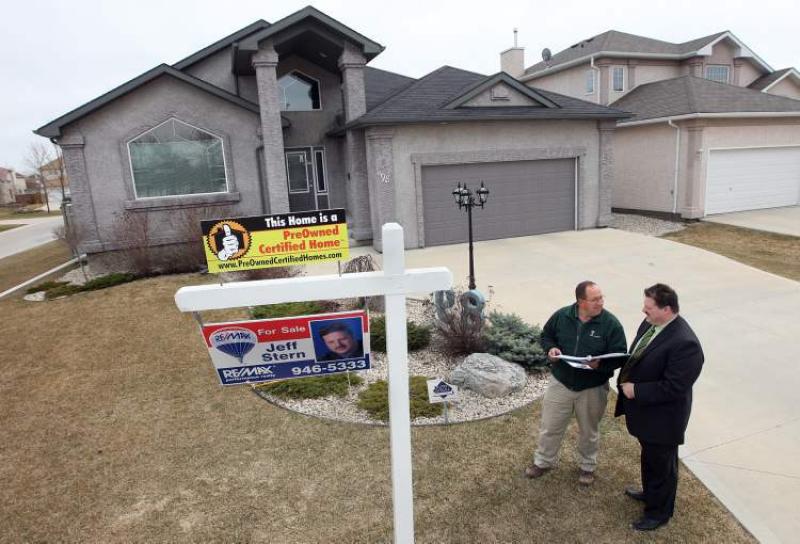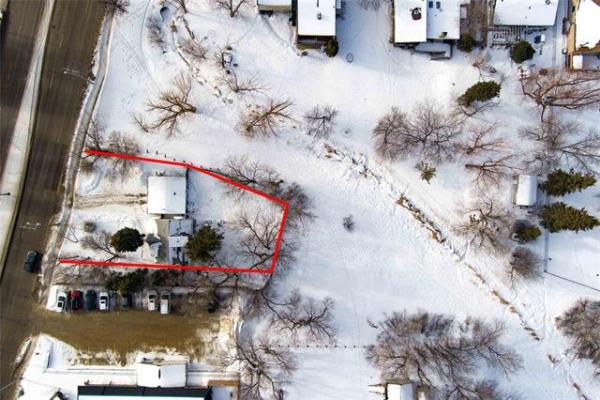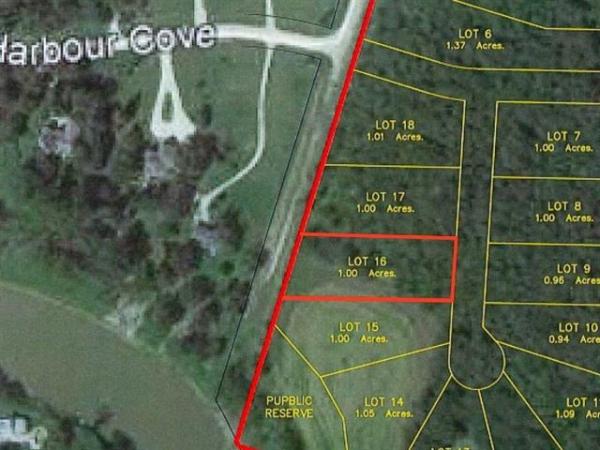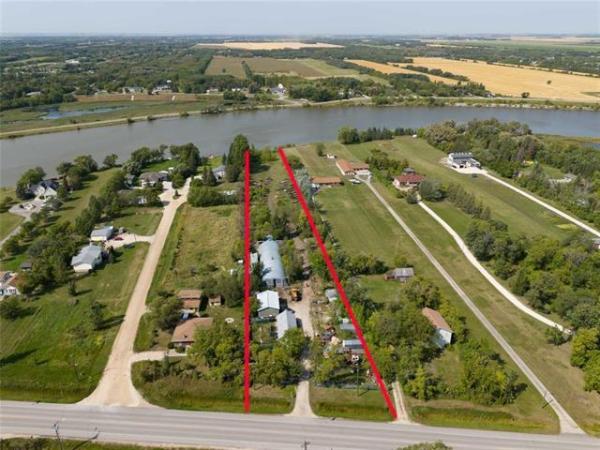As exciting as the thought of owning your first home is, it's nevertheless a purchase fraught with financial dangers. That's because starter homes can come laden with hidden costs, especially those under $200,000.
With attractive interest rates and the expectation the resale-home inventory will be low once again this spring, it will be tempting for buyers to purchase a home without closely examining it.
That would be a serious mistake, said Re/Max Performance Realty's Jeff Stern.
"Buying a home is typically the biggest purchase people make," he said. "At first glance, a home might seem like it would be a wonderful place to live. Taking the time to take a closer look in a number of key areas is worth the time. It could save you money and a lot of emotional pain."
Stern, with more than 20 years' experience as a Realtor, said he looks at several key areas the first time he takes a client to view a home.
"Once I determine that it's a good neighbourhood for my client to live in, one of the first things I look at is the front door -- it's one of the potentially most-neglected areas of a home. It's a positive sign if it's in good shape. That means there's been pride of ownership, and that the home is quite likely well-maintained."
Next on Stern's list is to take a look at the home from the front.
"Look very closely at its sides for deflection (the sides pitching inward) or bulging," he said. "Either could mean there are foundation problems. Then, look at the roof. If the shingles look dog-eared and aren't lying flat, it's likely that the roof will need to be done, which isn't a cheap proposition."
There are a host of key items to be examined inside the home as well, he added: the electrical panel (it should be 100 amps), type of wiring (i.e., knob and tube), age/type of water pipes, age of the furnace and hot-water tank and how new (or old) windows are. Perhaps the most important item is the basement.
"If what you see on the side or sides of the home concerns you, head straight downstairs to have a look. If there's a moist, musty smell, there's a good chance there are foundation issues," said Stern, adding that having a first look during an open house is a good idea. You can then arrange a showing with your agent.
If the home seems like a good candidate during that more-detailed walk-through, then a home inspection is the logical next step. Amerispec Winnipeg's Earle Johnson, a certified -- and longtime -- home inspector, concurred.
"The No. 1 issue we look for as home inspectors is moisture in the basement," he said. "Not only can that signify foundation problems, but excess moisture in a basement can lead to the growth of mould. The first issue -- foundation problems -- can be costly to fix if they're severe. The second (mould) is a potential health hazard. No matter how much you want to own a home, you shouldn't overlook the fact that your senses are telling you there's a moisture issue."
Unfortunately, many buyers have overlooked potential problems because of their burning desire to become a homeowner. That's where common sense needs to kick in, said Johnson.
"It's tough being a buyer today," he said. "There's so much pressure to write clean offers without any conditions. If you ask for a home inspection, sellers often discard the offer because they have so many unconditional ones on the table. If you've already lost out two or three times, it's easy to make a bad decision under the gun."
Johnson said he recommends getting an inspection done (they run in the $300 to $400 range) if you're serious about making an offer on a home.
"You need a trained eye to come in and go through a home from top to bottom," he said. "The average person simply isn't going to see in a 10-minute walk-through what our trained eye is going to see during a thorough inspection that looks at 1,000 items or more. If there's a potential trouble spot, we'll warn you. That can save you a lot of potential heartache and money."




